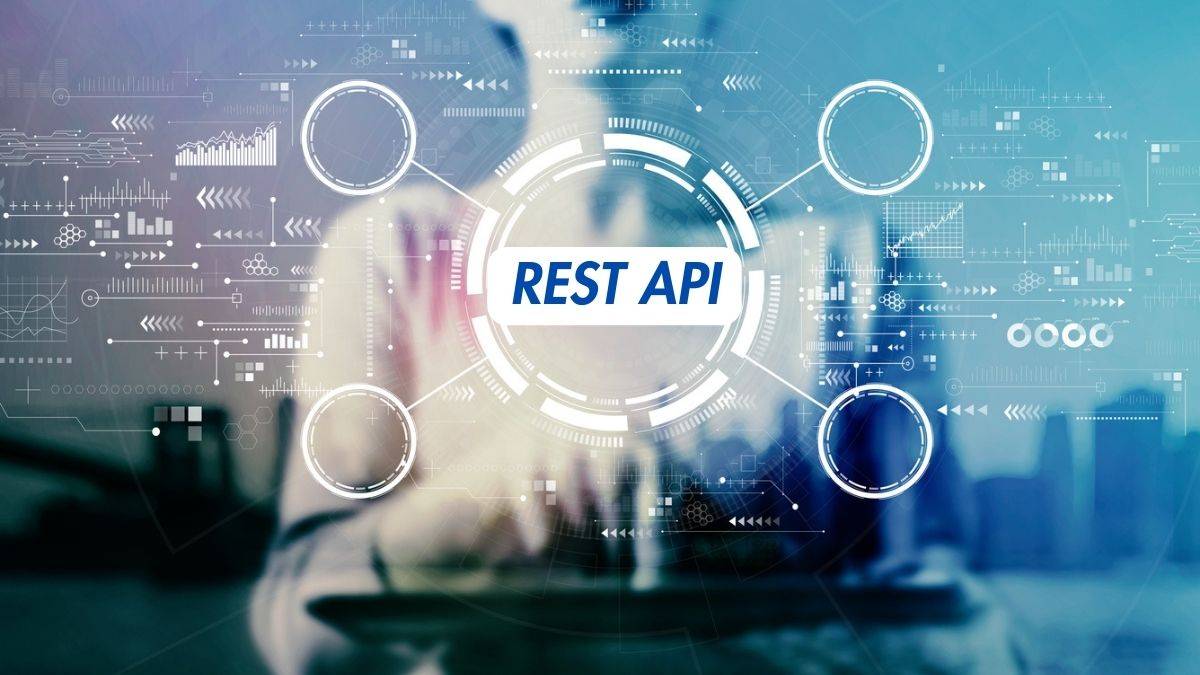In today’s interconnected world, RESTful APIs (Representational State Transfer) have become a cornerstone of modern web development. They enable seamless communication between clients and servers, facilitating the exchange of data over HTTP. REST API development plays a crucial role in building efficient, scalable, and secure web services. This article will dive into the essentials of REST API development, its components, best practices, and tools to build robust APIs.
What is a REST API?
A REST API is a web service that adheres to the principles of Representational State Transfer (REST), an architectural style designed for distributed systems. By using standard HTTP methods such as GET, POST, PUT, DELETE, and PATCH, REST APIs allow clients to request and manipulate resources. Each resource is identified by a unique URL and is represented in formats like JSON or XML.
Key Features of REST APIs
- Stateless: Each client request must contain all necessary information for the server to process it. The server doesn’t store any client context between requests.
- Client-Server Architecture: The client and server are independent entities, communicating over HTTP without the need for the client to understand the server’s internal workings.
- Uniform Interface: REST APIs provide a standardized interface, making it easy for developers to work with them consistently.
- Cacheable: Server responses can be explicitly marked as cacheable, improving performance and reducing server load.
- Layered System: REST APIs can be built in multiple layers, supporting scalable, distributed systems.
Key Components of REST API Development
- HTTP Methods: REST APIs rely on standard HTTP methods to interact with resources.
- GET: Retrieve data (e.g., fetching a list of users).
- POST: Create new data (e.g., creating a user).
- PUT: Update existing data (e.g., modifying user details).
- DELETE: Remove data (e.g., deleting a user).
- PATCH: Partially update data (e.g., updating a user’s email).
- URLs and Resources: Resources are identified by unique URLs, such as:
/users: Access all users./users/{id}: Access a specific user by ID./products/{id}/reviews: Retrieve reviews for a specific product.
- HTTP Status Codes: Status codes indicate the result of a request:
- 200 OK: The request was successful.
- 201 Created: A new resource was created.
- 400 Bad Request: The request was invalid.
- 404 Not Found: The resource doesn’t exist.
- 500 Internal Server Error: An error occurred on the server.
- Request Headers and Body: Headers provide metadata (e.g., content type, authentication token), while the body contains data being sent or received.
Steps in REST API Development
- Define API Endpoints: Start by defining resources and their respective endpoints. For example:
/users: Get all users./users/{id}: Get a user by ID.
- Design Request/Response Structure: Define how requests and responses are structured (typically in JSON or XML).
- Implement API Logic: Handle requests, query the database, and return appropriate responses. Frameworks like Express.js (Node.js), Django REST Framework (Python), and Spring Boot (Java) simplify this process.
- Add Authentication and Authorization: Secure the API by implementing authentication (e.g., API keys, JWT) and authorization mechanisms to control access to resources.
- Test the API: Test the functionality through unit, integration, and load tests to ensure reliability.
- Document the API: Provide clear and comprehensive documentation using tools like Swagger/OpenAPI to help developers understand the API’s structure and usage.
Best Practices for REST API Development
- Consistent Naming Conventions: Use intuitive naming for endpoints (e.g.,
/usersfor a collection,/users/{id}for individual resources). - Graceful Error Handling: Return clear error messages along with appropriate status codes to guide users in resolving issues.
- Version Your API: Versioning prevents breaking changes by ensuring backward compatibility. Use URL versioning (e.g.,
/v1/users) or headers (e.g.,Accept: application/vnd.myapi.v1+json). - Ensure Idempotency: Make sure that repeated requests, particularly for PUT or DELETE methods, have predictable outcomes.
- Optimize Performance: Use pagination for large datasets, implement caching, and optimize query handling to improve API performance.
Security Best Practices
- Use HTTPS: Encrypt communication between client and server to prevent data breaches.
- Implement Rate Limiting: Control the number of requests to protect against abuse.
- Sanitize Inputs: Prevent SQL injection and other attacks by validating and sanitizing input data.
Tools for REST API Development
- Postman: A tool for testing and documenting APIs, making it easier to analyze responses.
- Swagger/OpenAPI: A framework for designing and documenting APIs with interactive features for testing.
- Insomnia: A powerful API testing tool offering advanced debugging capabilities.
Conclusion
REST API development is essential for building scalable, secure, and reliable web services in modern applications. By adhering to REST principles and following best practices, developers can create APIs that are easy to integrate, maintain, and scale. A solid understanding of RESTful design principles, coupled with the right tools, will enable you to build APIs that serve both clients and servers efficiently and securely.

